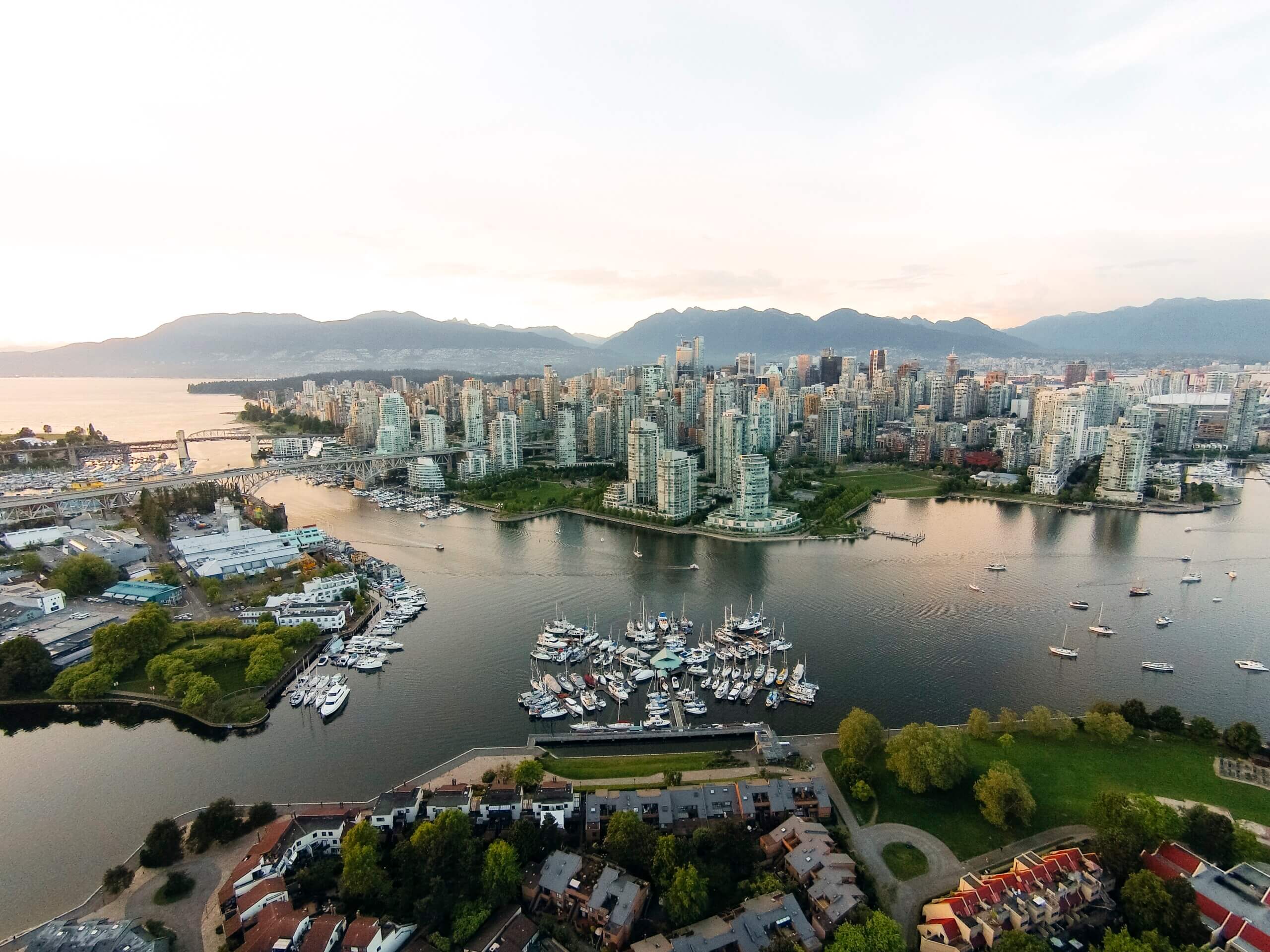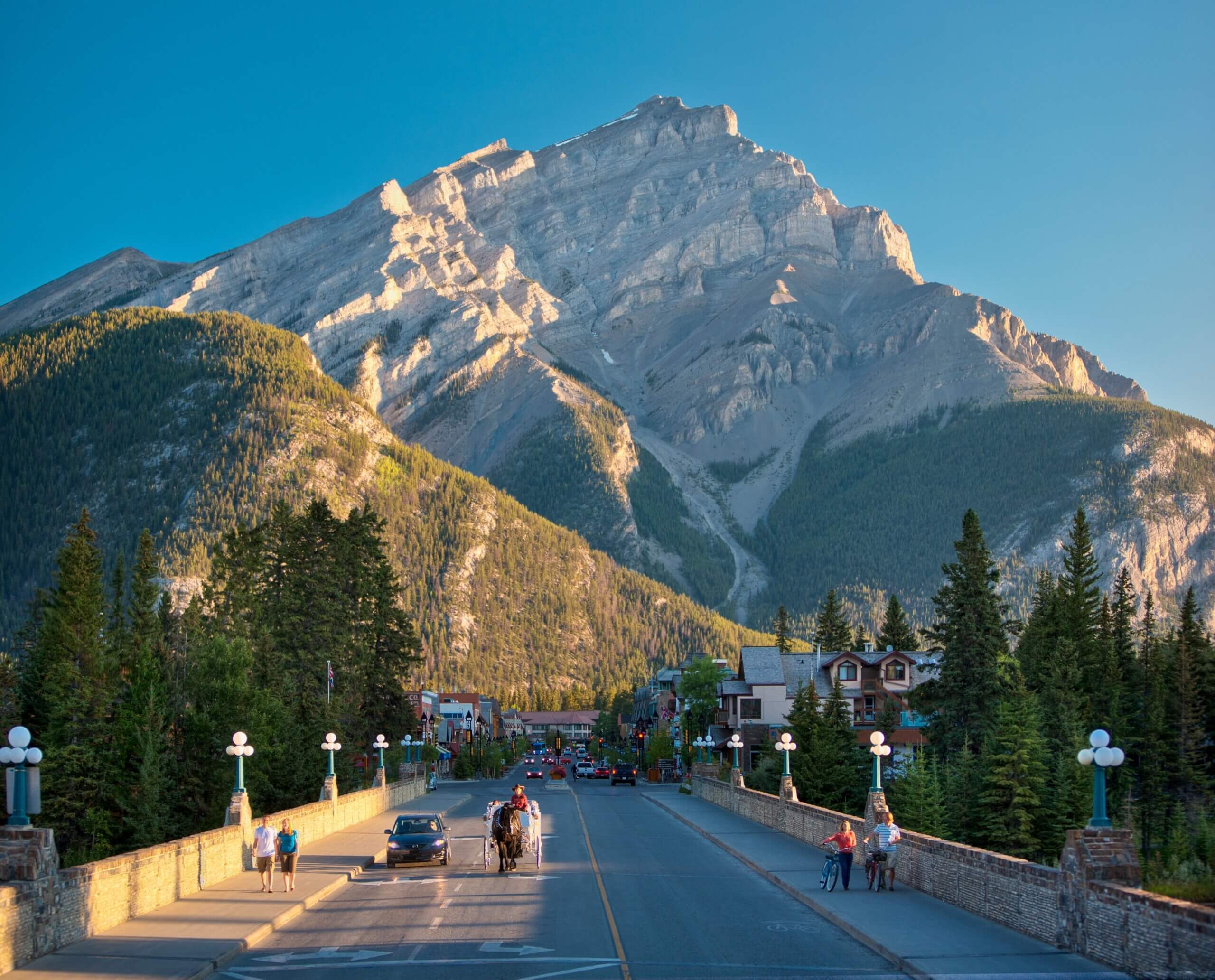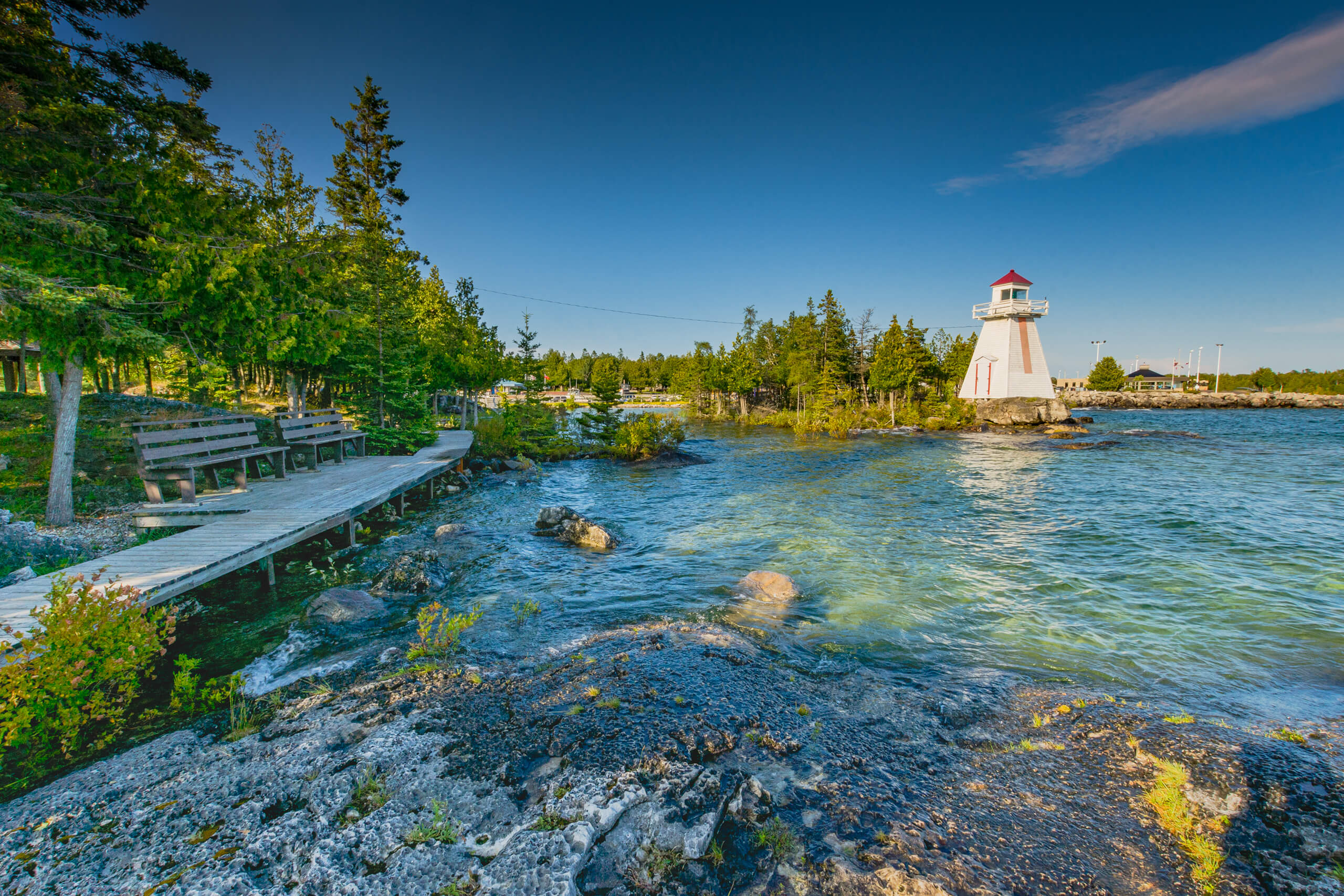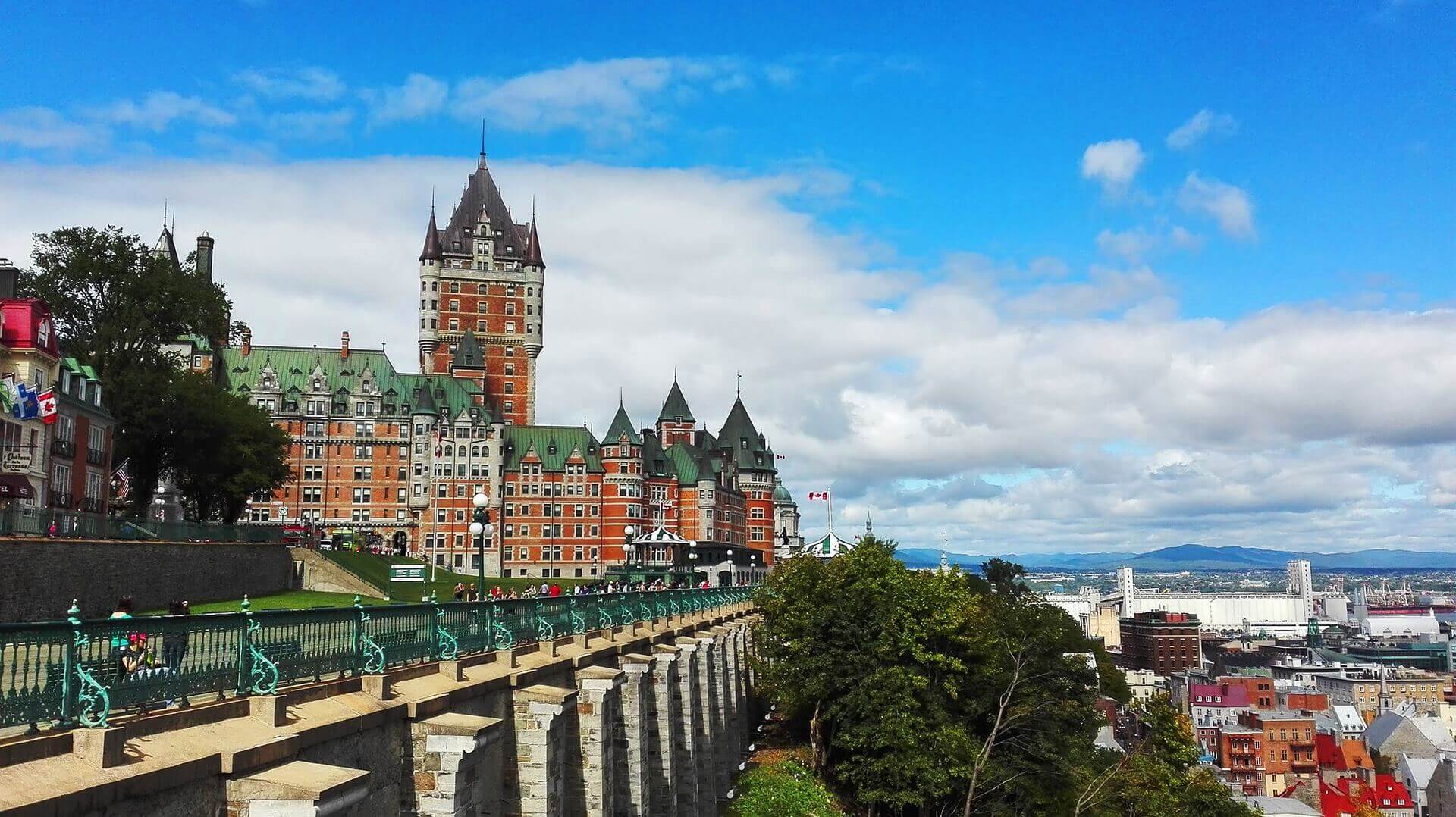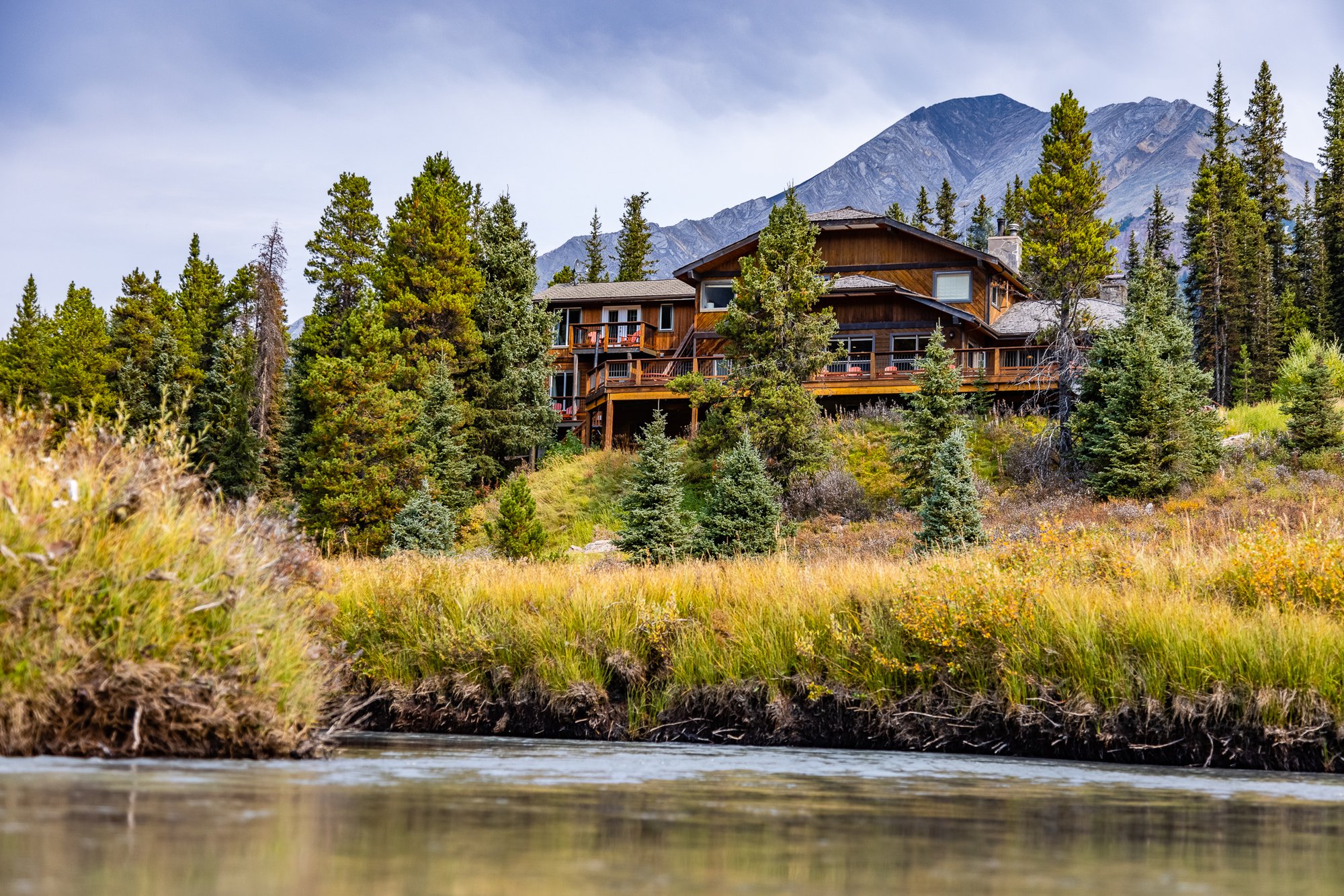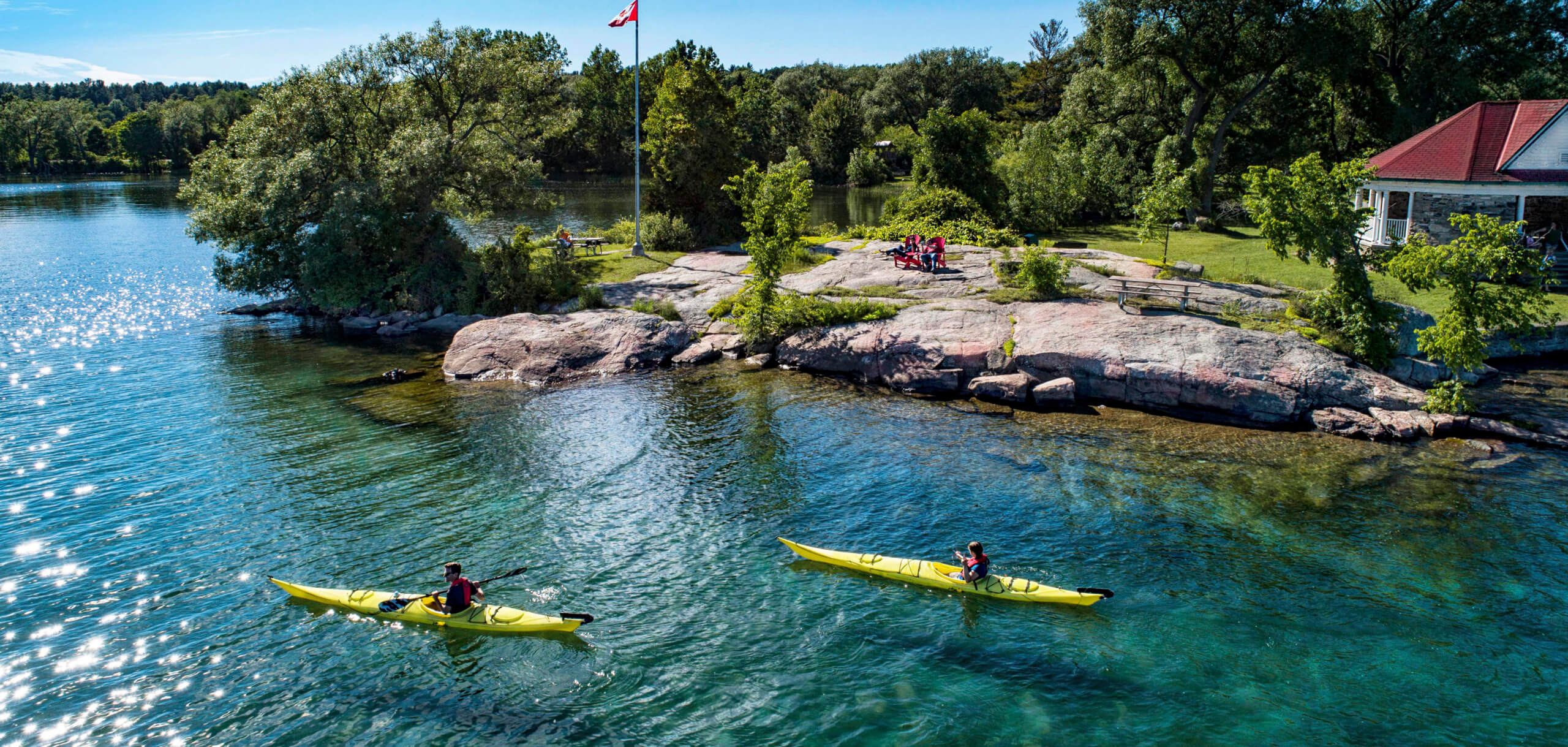BBC Puts Canada On Display With Race Across The World
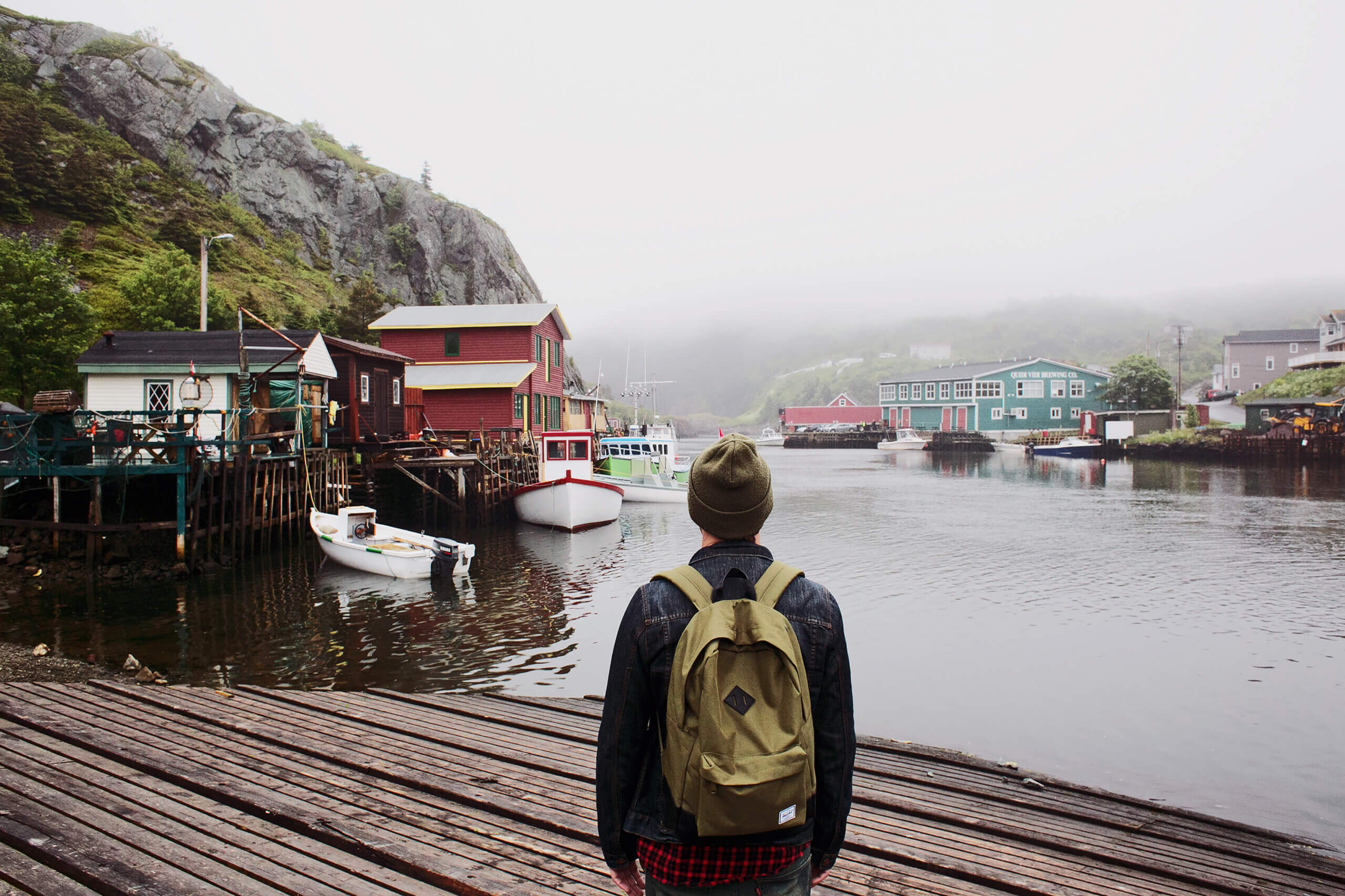
Newfoundland is the final point on this race across Canada. Photo by Ezgi Polat c/o Destination Canada
While Canadians cannot tune in to BBC’s latest season of the popular show Race Across the World, viewers in the UK are currently tuning into Canada. Season three of this thrilling competition, resembling the Amazing Race, takes place exclusively in the Great White North, with contestants embarking on a journey from Vancouver, British Columbia to St. John’s, Newfoundland.
Along the way, they travel 16,000 km — all without any air travel — and explore numerous iconic Canadian destinations along the way.
Here at Landsby, we will use any excuse to showcase our amazing country so with the world (or at least the UK) watching, we thought it would be worth highlighting the locations featured thus far and show you easy ways to plan a trip there for yourself.
We will update this list as the series unfolds.
Vancouver, British Columbia
The series begins in the beautiful coastal city of Vancouver. Framed by the Pacific Ocean on one side and the Coast Mountains on the other, Vancouver is easy to love as a destination year round. While the city itself is home to great restaurants and has a plethora of the kind of shopping options you’d expect in a big city, it is the surrounding natural elements that make Vancouver so epic.
There are amazing hiking trails, wildlife viewing opportunities and water sports options for the adventure enthusiast.
How to get there:
Explore Vancouver, Victoria and Whistler on one scenic trip on our Southwest BC Seaplane Safari, which features transfers by seaplane. Or explore Vancouver and Whistler by road on our Sea to Sky City Stay, which features a stay in each location and a spectacular drive along the Sea-to-Sky Highway.
Haida Gwaii, British Columbia
Known as the Canadian Galapagos for its huge variety of flora and fauna, Haida Gwaii is an archipelago of about 150 rocky islands off the west coast of British Columbia. It is located north of Vancouver Island. Its wild windswept beaches and moss-covered rainforests are the ancestral home of the Haida First Nations and no visit here would be complete without immersing yourself in the rich heritage of the Haida. Visit one of the hundreds of archaeological sites where you can see weathered poles and the ruins of ancient longhouses with knowledgeable guides known as the Haida Gwaii Watchmen.
How to get there:
Haida Gwaii is remote and beautiful. It can be reached by air (either on scheduled departures or by charter) or by boat (ferry service is available through BC Ferries). Before arriving in Haida Gwaii, visitors are asked to take a Pledge of respect for the land and its people. Reach out to us to plan a custom itinerary to the region. For journeys with a similar feel to Haida Gwaii, we recommend checking out our Vancouver Island’s Epic North experience or our Sail into the Great Bear Rainforest adventure.
Dawson City, Yukon
Dawson City is located on the banks of the Yukon River some 500 km northwest of Whitehorse. The walkable downtown will make you feel like you’ve stepped back in time to the era of the Klondike Gold Rush, with architecture and businesses that harkens back to the heyday of mining.
While the town’s past is deeply rooted in Gold Rush history, visitors will also discover that the eclectic and vibrant community is a haven of art and culture. Take time to enjoy the surrounding vast and rugged wilderness.
How to get there:
Dawson City can be reached by road (it takes about 5-6 hours from Whitehorse) or by air. Take a trip here in the summer with our Summer Klondike Experience that combines a stay in Dawson City with visits to the nearby Tombstone Territorial park and a special cultural experience with the Tr’ondëk Hwëch’in First Nation. Or paddle the historic Yukon River on an incredible 13-day expedition from Carmacks to Dawson City.
Banff, Alberta
Banff is a popular resort town located within the Banff National Park in the Canadian Rocky Mountains. Visitors come in the colder months for skiing and other fun winter activities, and in the warmer months to enjoy hiking and paddling. The views are spectacular no matter the time of year. The town is a perfect jumping off point to explore the national park, including Lake Louise and the Upper Banff Hot Springs. The town itself is walkable and has a plethora of shops and restaurants — all with glorious views of the surrounding peaks.
How to get there:
Banff can be reached by car or bus from Calgary in about an hour and a half. For a special scenic route to Banff, take an epic train trip from Vancouver on the Rocky Mountaineer with our First Passage to the West trip. Or if you are looking for the ultimate road trip through key Western Canada destinations, including Banff, try on our Canada’s Western Cities & Glaciers itinerary.
Churchill, Manitoba
Churchill, Manitoba, a small northern town on the shores of Hudson Bay, is a one-of-a-kind destination. Located about a thousand kilometres north of Winnipeg, the provincial capital, Churchill has become a famous destination for three big reasons: polar bears, belugas and the Northern Lights.
Visitors from all over the world come to Churchill to have safe encounters with polar bears, as the area is on the bear’s migratory path. Big tundra vehicles take visitors to see the bears up close as they wait for the waters to freeze so they can head out on the ice to hunt. In the summer, the town is also popular as a place to see belugas in the wild. Nearly 60,000 belugas congregate in the Hudson Bay from about mid-July to mid-August and 3,000 of them enter the Churchill River, making this one of the top places in the world to see these fun and social creatures.
And if that wasn’t enough of a draw, Churchill is also one of the top places in the world to see the Northern Lights, boasting 300 nights of Aurora sightings per year.
How to get there:
Churchill can be reached by air or by train only as there are no roads that lead this far north in Manitoba. Experience the magic of Churchill’s wildlife on our Ultimate Bears and Belugas Summer Adventure or head out on our Nights Under the Lights experience to see the stunning Aurora Borealis.
Manitoulin Island, Ontario
Manitoulin Island, located in Lake Huron, is the largest freshwater island in the world. Quiet, serene and blessed with incredible natural beauty, Manitoulin Island is lovely to visit in every season. In the warmer months, it is known for its beautiful beaches and swimming locations — there are 108 inland lakes on the island — as well as great cycling and hiking. In the colder months, it is a haven for ice fishing, snowmobiling and nordic skiing.
Manitoulin Island is home to six First Nations, including the Wiikwemkoong.
How to get there:
Manitoulin Island is accessible by the Little Current Swing Bridge if you are driving along Hwy 6 from Sudbury. Or you can take the MS Chi-Cheemaun Ferry that connects South Baymouth on the island to Tobermory on the Bruce Peninsula. Journey around the Island by bike and immerse yourself in Indigenous culture on our Guided E-Bike Adventure on Manitoulin Island (you’ll stay at the same Bed and Breakfast that was featured on the show).
Quebec City, Quebec
Situated along the banks of the St. Lawrence River, Quebec City is the charming provincial capital. Its historic heart, known as Old Quebec is a UNESCO World Heritage Site and the only walled North American city north of Mexico. It’s bustling cobblestone streets are filled with cafes, restaurants and shops.
While the city has a decidedly European vibe and is recognized as the cradle of French civilization in North America, the cool thing about Quebec City is that its culture has also been influenced by Huron-Wendat First Nation, as well as British and Irish settlers.
How to get there:
Quebec City can be reached by air, train or car. It is a 3 hour drive from Montreal. See many of the charms of Quebec, including its capital, on our Quebec Wilderness & Whales package or take it up a notch on our French Culture and Natural Beauty tour where you’ll discover the province’s top attractions with private floatplane flights and deluxe transfers.
Where do the teams go next?
The Race Across The World team will be heading to Atlantic Canada with a stop in Nova Scotia before ending the trip in St. John’s Newfoundland. We will update this post when more details emerge.


